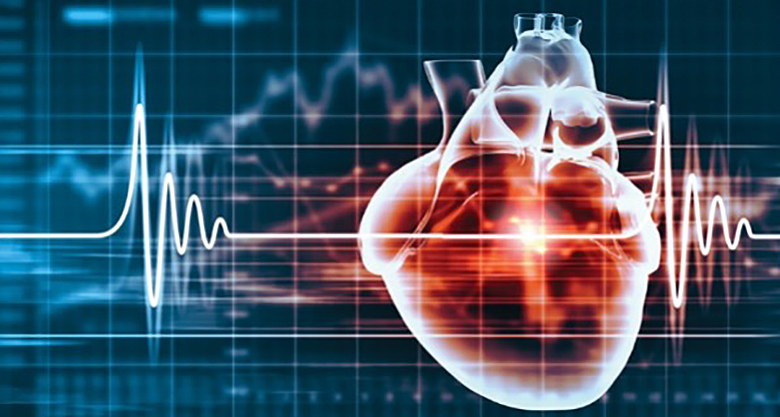Coronary Heart Disease
By Dr. Penny Giovanetti, Director of FAA Aviation Medical Specialties Division
Although there have been steady improvements in prevention and treatment, coronary heart disease (CHD) remains the leading cause of adult death in the United States. CHD is also referred to as coronary artery disease (CAD) and involves plaque, a waxy substance that can build up inside coronary arteries. This build-up is known as atherosclerosis and occurs over decades, beginning often in the teenage years. This results in ischemia, a limitation in the supply of oxygenated blood to your heart muscle. As this blockage increases over time it can lead to complications like angina (chest pain), heart attack(s), abnormal rhythms, and heart failure.

Aeromedical Concerns
Here are some important concerns for pilots diagnosed with CAD. First, CAD can be silent; sometimes it can lead to a rapid occlusion of a coronary artery and the initial presentation is a heart attack. Second, even if you are asymptomatic on the ground, the decrease in oxygen at altitude could lead to ischemia and its complications. Third, stressful situations (e.g., inclement weather encounter, inflight emergencies, etc.) that increase your heart rate can further increase cardiac demand. Finally, carbon monoxide poisoning can exacerbate all of these risks.
While even mild symptoms create distractions from essential flying tasks, over twenty percent of deaths from cardiac disease occur suddenly and unexpectedly after rapid occlusion of a heart blood vessel by a clot. The risk of sudden cardiac death is greater in those who have cardiac disease. That is why it is so important to get symptoms evaluated early, to regularly monitor the disease once diagnosed, and to comply with recommended treatment.
Frequently Asked Questions
If I am diagnosed with CHD, can I ever fly again?
Very likely, yes, especially if detected and treated early enough to preserve cardiac function. We look at many factors when deciding whether it is safe for an airman to continue to fly with CHD. These include how much plaque is present and where it is located. The key is whether all areas of the heart will receive an adequate blood supply even under stress. Various treatments such as medication, stenting, and bypass surgery may be necessary to improve blood supply.
If I have a heart attack, can I ever fly again?
Once more, a “yes” is likely. We consider many factors. These include: how much heart muscle died and can the remaining muscle pump enough blood sufficient for demand; is the heart rhythm satisfactory; is there angina? We can accept an implanted pacemaker under most conditions, but not a defibrillator.
Can I fly under BasicMed?
An airman with CHD who has required treatment or who has had a heart attack must receive a one-time special issuance from the FAA after each event in order to qualify for BasicMed.
How do I get a special issuance?
Start with your Aviation Medical Examiner (AME) who can guide you through the process. You can also consult the AME Guide online. Select “disease protocols,” then “coronary heart disease,” for more detail about recovery times and follow-up documentation.
Who makes the decision about my special issuance?
Depending on the specifics of your case, and what class of airman medical certificate you are requesting, the decision may be made by one of the aeromedical certification physicians with experience in cardiology or be referred to the Federal Air Surgeon Cardiology Panel. This panel consists of four to five board-certified cardiologists who will review your clinical information and test results with some of the aeromedical certification physicians and make a recommendation to the Federal Air Surgeon. Depending on the condition and your class of medical certificate, once you obtain a special issuance for your heart disease, your AME might be authorized to grant renewals.
An Ounce of Prevention
The best way to protect your flying status is to prevent CHD in the first place. A few simple steps can significantly reduce disease progression. If you smoke, stop today. Try to exercise for 30 minutes at least five days a week, but any exercise is beneficial. Shed excess weight and aim for a body mass index less than 28. Discuss with your doctor your best steps to lower lipids and blood pressure.
Reprinted with permission from FAA Safety Briefing. Visit the Flight Safety Briefing website: https://www.faa.gov/news/safety_briefing/.



